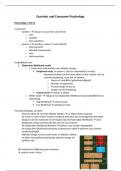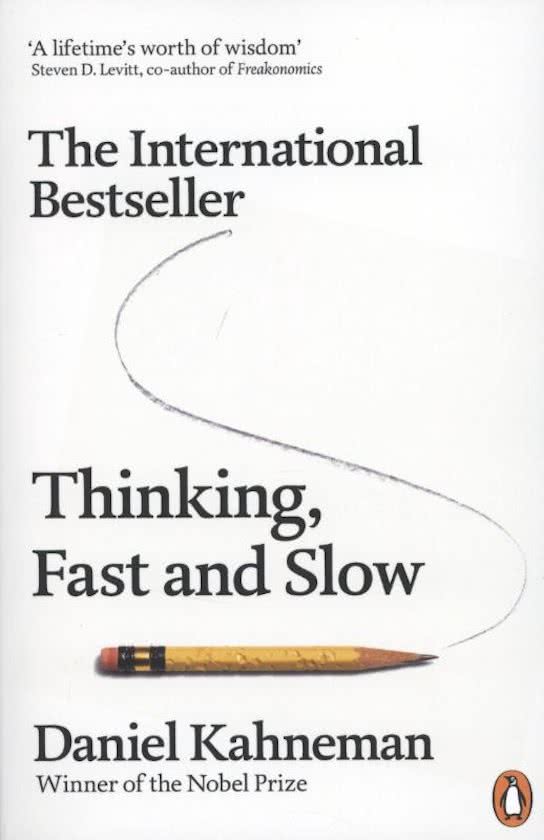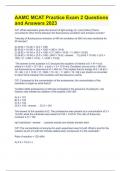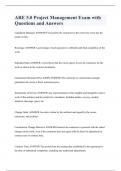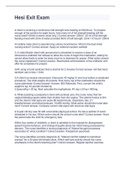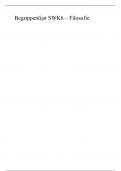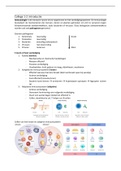Samenvatting
Samenvatting Hoorcolleges, knowlegde clips & artikelen ECP
- Vak
- Instelling
- Boek
Samenvatting van de hoorcolleges, knowledge clips & artikelen van het van Economic & consumer Psychology (22-23). Goed uitgebreid. in Nederlands geschreven, maar de termen wel in engels gelaten voor duidelijkheid.
[Meer zien]
